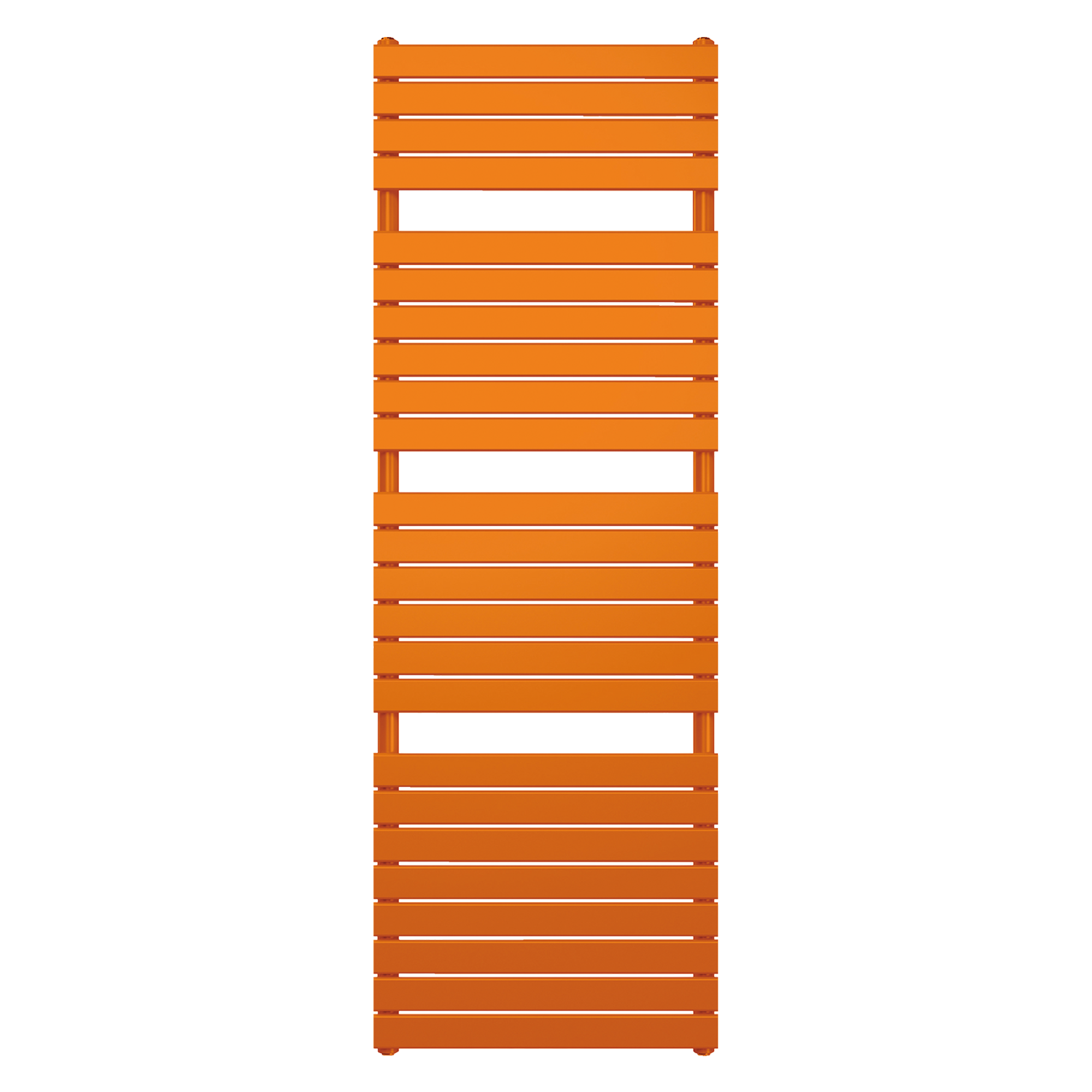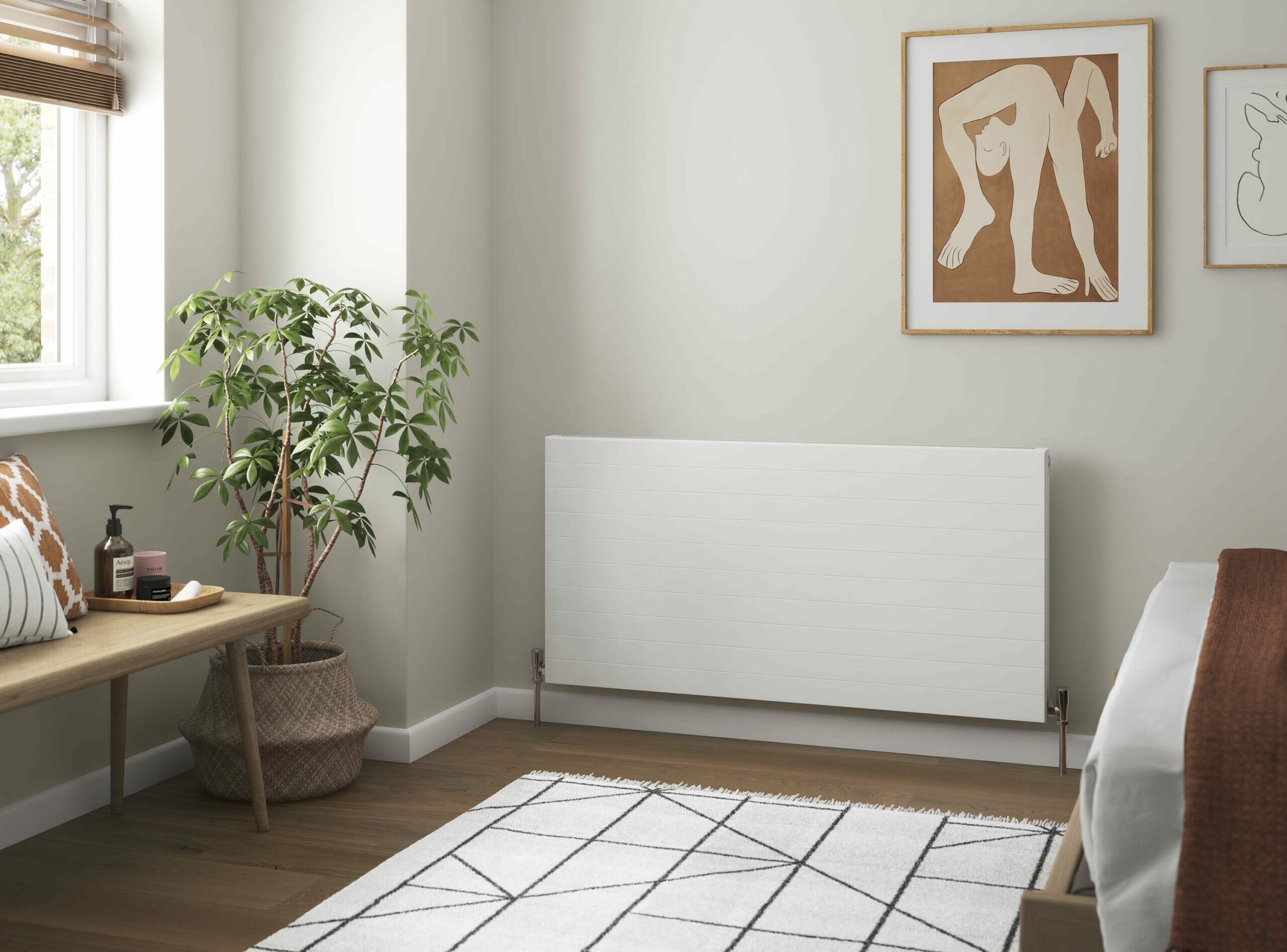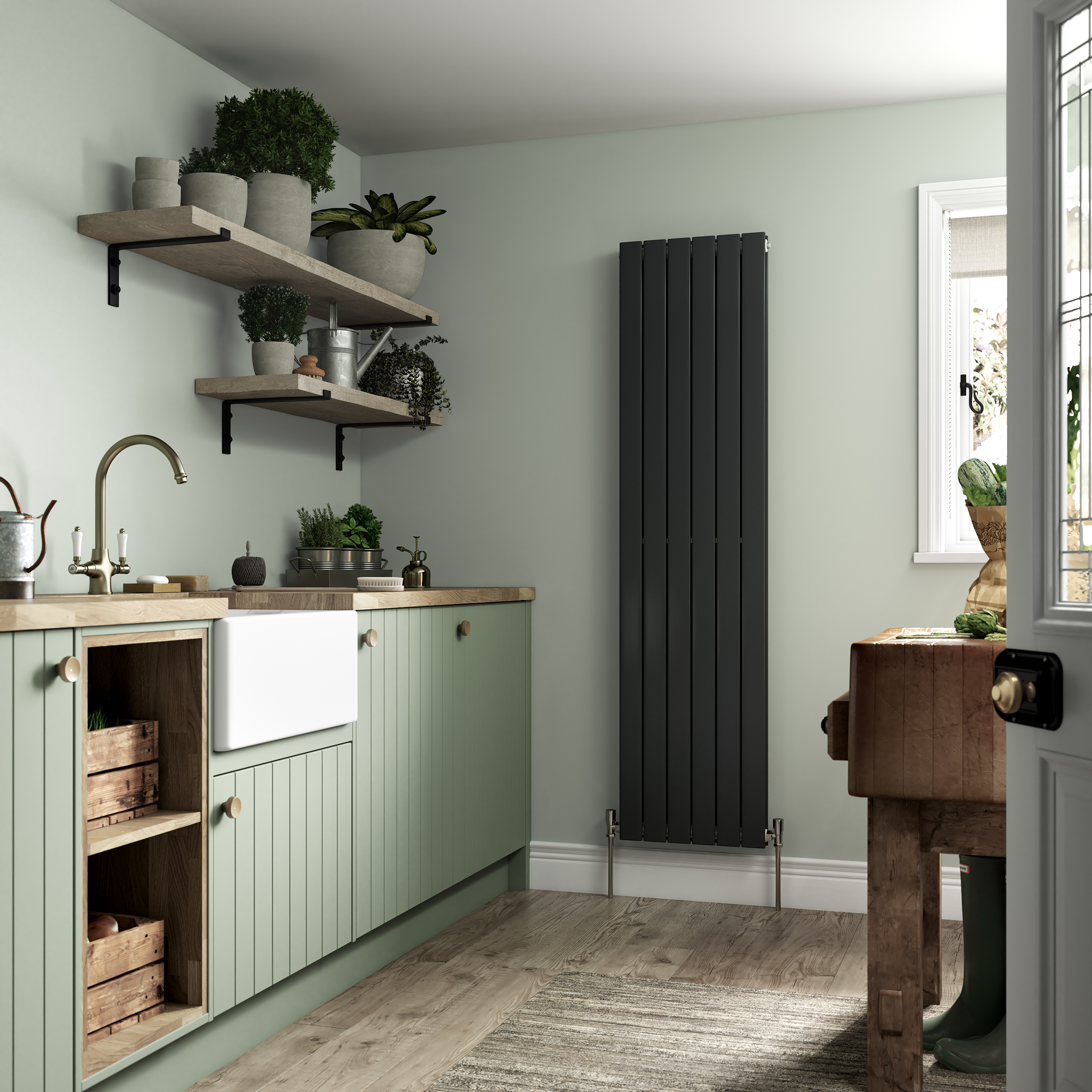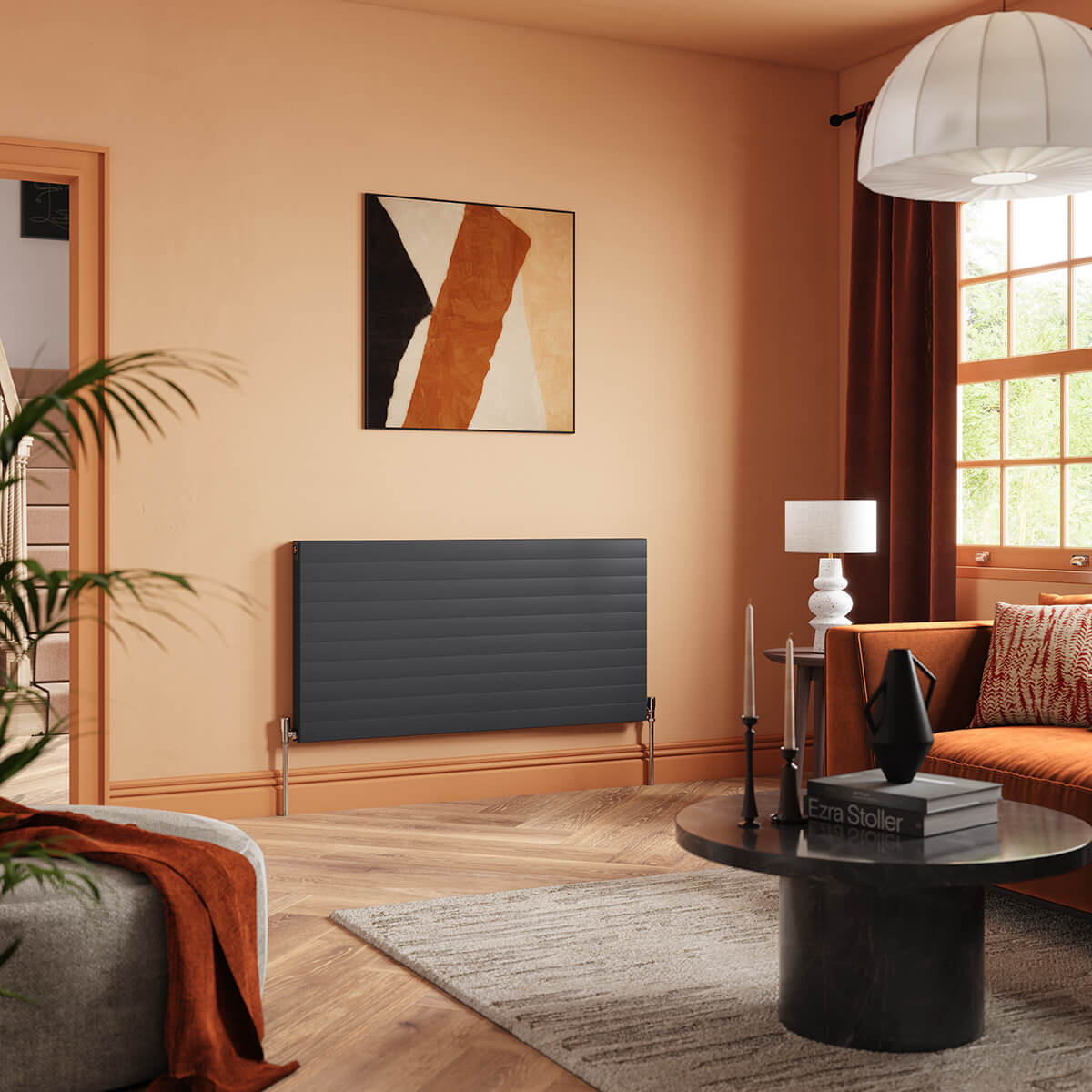In order to keep your radiators in tiptop condition, it’s important to regularly inspect your radiators and perform routine maintenance and occasional repairs. However, there comes a point when a simple fix just won’t do. If you ignore signs that you need to replace your radiator, it could lead to costly bills or even cause damage to your property.
At Stelrad, we understand that knowing when to repair and when to replace a radiator can be a tricky decision. In this blog, we’ll guide you through the tell-tale signs that your radiator might be past its prime, the pros and cons of radiator repair vs replacement, and why investing in a modern, energy-efficient replacement radiator can make all the difference.
How Long Should a Radiator Last?
If it’s maintained well, a standard radiator should last anywhere from 15 to 20 years. However, there are various factors that will influence how often you need to replace your radiator. For example, living room radiators and towel rails tend to wear out faster as they’re in high-use areas and will have constant heating and cooling cycles. Your radiators are likely to wear out faster if you use them frequently in colder months compared to radiators that are only used moderately.
The water quality in your property can also influence how often you need to replace a radiator, as hard water, sludge buildup, and corrosion can lead to internal blockages and inefficient running.
You can help prolong the lifespan by bleeding the radiator to remove trapped air and keeping an eye out for minor leaks before the problem escalates.
Signs Your Radiator Needs to Be Replaced
Although regular maintenance can help prolong the lifespan of your heating system, there are various radiator replacement signs to keep an eye out for. For one, you may notice a rust buildup or water pooling around the base of the radiator, which could indicate it has a leak or has corroded. Patch repairs may provide a temporary fix, but if you get persistent issues, it’s likely a sign that the radiator is nearing the end of its life. A noisy radiator that regularly making clunking, banging or gurgling sounds could also have internal damage or a sludge build up.
If your heating costs have crept up without a clear explanation, your radiators may be to blame. As they age, radiators lose efficiency and force your boiler to work harder, along with consuming more energy to maintain the right temperature. It’s also important to consider that older radiators typically lack thermostatic radiator valves (TRVs) or only offer manual control, which can make them less efficient and harder to manage.
Benefits of Replacing Your Radiator
When you’re considering the advantages and disadvantages of radiator repair vs replacement, you should take note of how frequently your radiator is showing signs of faults. If you’re frequently noticing radiator replacement signs (such as inconsistent heating or strange noises), you’re likely to spend more time, money and effort on repairing the radiator than it’s worth. It may be more beneficial to buy a new radiator and face the short-term expense than regularly pay out for repairs on an old radiator.
Another great reason to replace your radiator is the modern technology. New radiators often come equipped with thermostatic radiator valves (TRVs) or are compatible with smart heating systems, which allows you to control temperatures room by room. You can heat your home to a more comfortable temperature, while also saving on heating bills thanks to the improved efficiency. If you have a large room or an open plan space to heat, high output radiators are a great option as they are designed to produce significantly more heat than standard models.
You may also want to upgrade to modern radiators for their stylish and sleek look. Here at Stelrad, we have a range of stunning designer radiators that come in various styles and colours to suit each room in your home. We also have electric radiators, which are more energy efficient as they convert 100% of the electricity they use into heat.
Frequently Asked Questions
How do I know if my radiator needs replacing instead of repairing?
If your radiator is leaking frequently, producing uneven heat, or showing signs of corrosion, it could be more cost-effective to replace it. When you start noticing frequent radiator replacement signs, it’s a good idea to look for a new, modern replacement before the issues escalate.
What are common signs that a radiator is beyond repair?
You may notice a sudden hike in your water bills or see signs of rust on the radiator. If the inside of the radiator is damaged, you may hear strange noises such as gurgling or banging, which could indicate the interior has corroded or has a build up of sludge.
Why is one radiator cold while others are hot?
It could indicate there’s a blockage or air trapped inside the radiator. If bleeding it doesn’t work and the issue happens repeatedly, the radiator may need replacing.
Should I replace all my radiators at once?
Not necessarily. If only one or two are showing radiator repair signs, they can be replaced individually. However, if you want to upgrade your whole heating system during a home renovation or boiler upgrade, replacing multiple radiators at once can improve your home’s overall heating performance.
 Next Working Day Delivery£18 For Next Working Day Delivery On All Products*When ordered before 2pm.*T&Cs apply
Next Working Day Delivery£18 For Next Working Day Delivery On All Products*When ordered before 2pm.*T&Cs apply HOME SERIESConcord Rail Coloured
HOME SERIESConcord Rail Coloured





